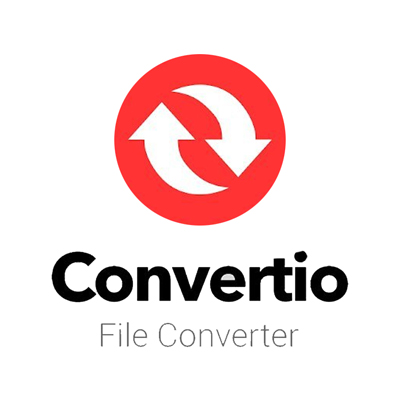The YUV file format is an innovation in the realm of digital imaging, distinguished for its role in color representation, particularly in video applications. Embracing the human perception of colors, YUV encapsulates luminance (Y) separately from chrominance (U and V channels), an approach that exploits the higher sensitivity of the human eye to brightness detail over color detail. This format has roots stretching back to the analog era, developed for black and white television to accommodate color in existing infrastructure.
Understanding YUV File Format
YUV operates on the principle that by separating the image into luminance and chrominance data, it enables more efficient compression. Since luminance carries the detail that our eyes are most sensitive to, it is given more bandwidth than the color information, leading to better compression without significantly impacting perceived image quality. This separation also facilitates the compatibility with both color and black & white displays.
Historical Significance
The inception of the YUV layout traces back to the need for color television broadcasting compatible with black and white sets. The Y channel maintained the original black and white signal, while U and V channels were added to carry color information. These color channels could be ignored by black and white TVs, ensuring backward compatibility.
Software and Application Use
Modern applications of the YUV file format abound in video editing and playback software, with Adobe Premiere Pro and Final Cut Pro being notable examples. The format is also employed in various codecs and streaming video standards, including those applied by YouTube and other content platforms, to ensure efficient data management and high playback quality.
Alternatives to YUV
The YUV file format is not alone in the domain of color representation. Alternatives like RGB, where color information is split equally across red, green, and blue channels, are prevalent, especially in still imaging. However, for video data where bandwidth and compression are critical, YUV remains a favored choice. The advent of new technologies and standards, such as HEVC (High-Efficiency Video Coding), continue to build upon the principles behind YUV to achieve even greater efficiencies in video compression.



